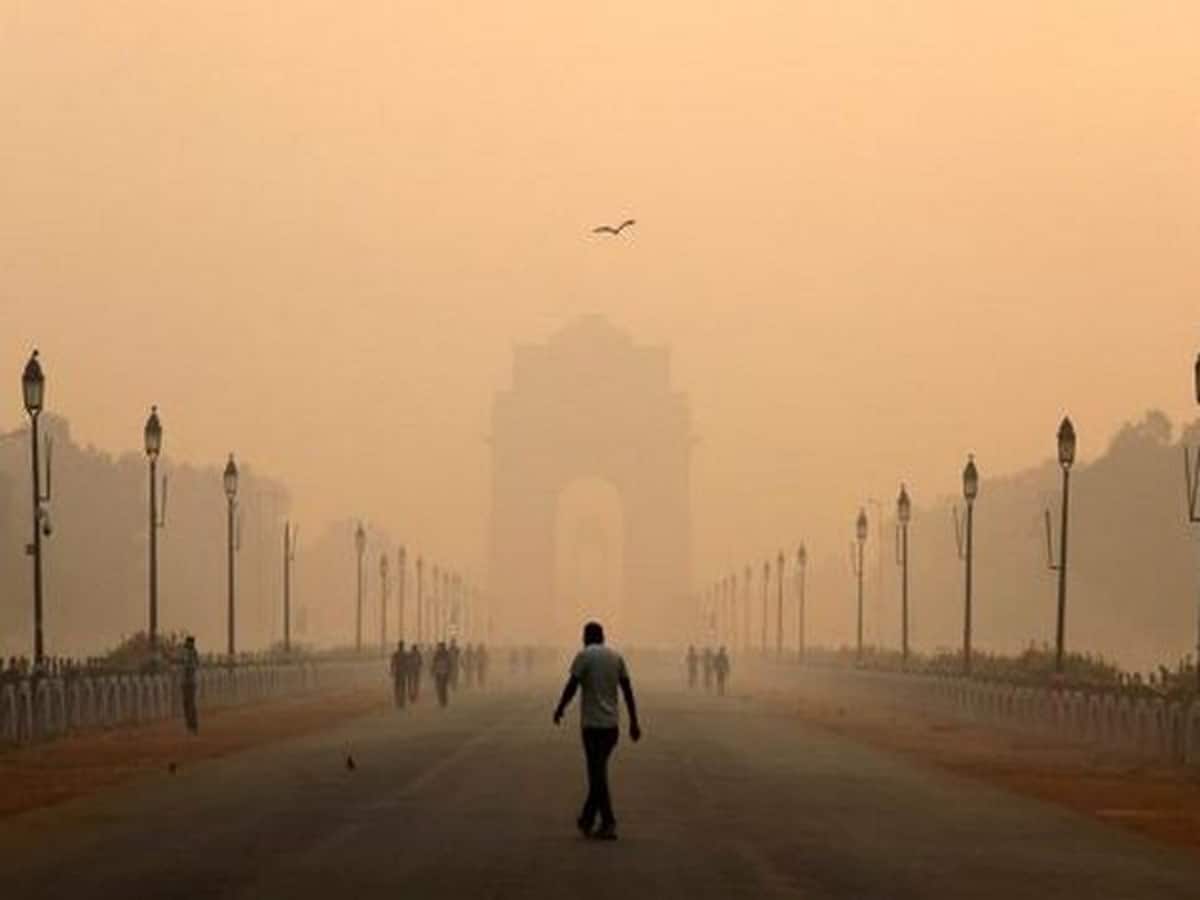New Delhi: The pollutant PM2.5 in Delhi’s air during the winter season will drop by 28 per cent in 2030, but will still be significantly above the national standards of 60 microgrammes per cubic metre, The Energy and Resources Institute (TERI) revealed in a study.
“PM2.5 concentrations in winter are expected to fall by 9 per cent, 21 per cent, and 28 per cent in 2022, 2025, and 2030, respectively, when compared to 2019, the base year of the study. Though the PM2.5 concentrations may fall marginally over the years, the levels will continue to remain significantly above the national standards of 60 microgrammes per cubic metre,” the study titled ‘Cost effectiveness of interventions for control of air pollution in Delhi’ and supported by Bloomberg Philanthropies issued Thursday, said.
Particulate matter of 2.5 micron size is the major pollutant in Delhi’s deteriorating air pollution, and contributed by transport sector, biomass burning, and industry.
In 2019, the PM2.5 concentrations in Delhi violated the annual average standards by about three times. Transport (23 per cent), industries including power plants (23 per cent), and biomass burning (14 per cent) were the major contributors to prevailing winter time PM2.5 concentrations in Delhi during 2019, the study stated.
It calls for more stringent controls to curb emissions in the NCR and the rest of the airshed – a geographical area within which air is confined – if winter season PM2.5 levels are to be brought down considerably. Airshed level controls can reduce winter season PM2.5 concentrations by 35 per cent by the year 2030 when compared to the business as usual scenario.
Director General of TERI Vibha Dhawan, said: “Air pollution should be focused as a problem throughout the year not only during the winter season. Stringent actions are needed in the whole airshed to improve air quality in the NCR. Instead of completely banning the essential activities, it is important to switch to the cleaner options.”
The study examines emission and PM2.5 concentration reduction potentials of different policy interventions across sectors such as transport, biomass and industries. It also assesses the health and economic co-benefits of an airshed approach to address air pollution, and calculates direct and associated benefits like an additional economic benefit of Rs 430 billion ($6.2 billion), if regional PM2.5 control strategies are implemented between 2022-2030, the study estimated.
According to the study, implementation of alternative control strategies across the whole airshed over the business as usual scenario can avoid over 14,000 mortalities in 2022, and 12,000 in 2030 in Delhi NCR. These avoided mortalities can result in economic benefits of around Rs 480-430 billion ($6.9-$6.2 bn) in the years 2022-2030.

